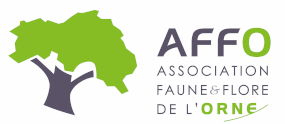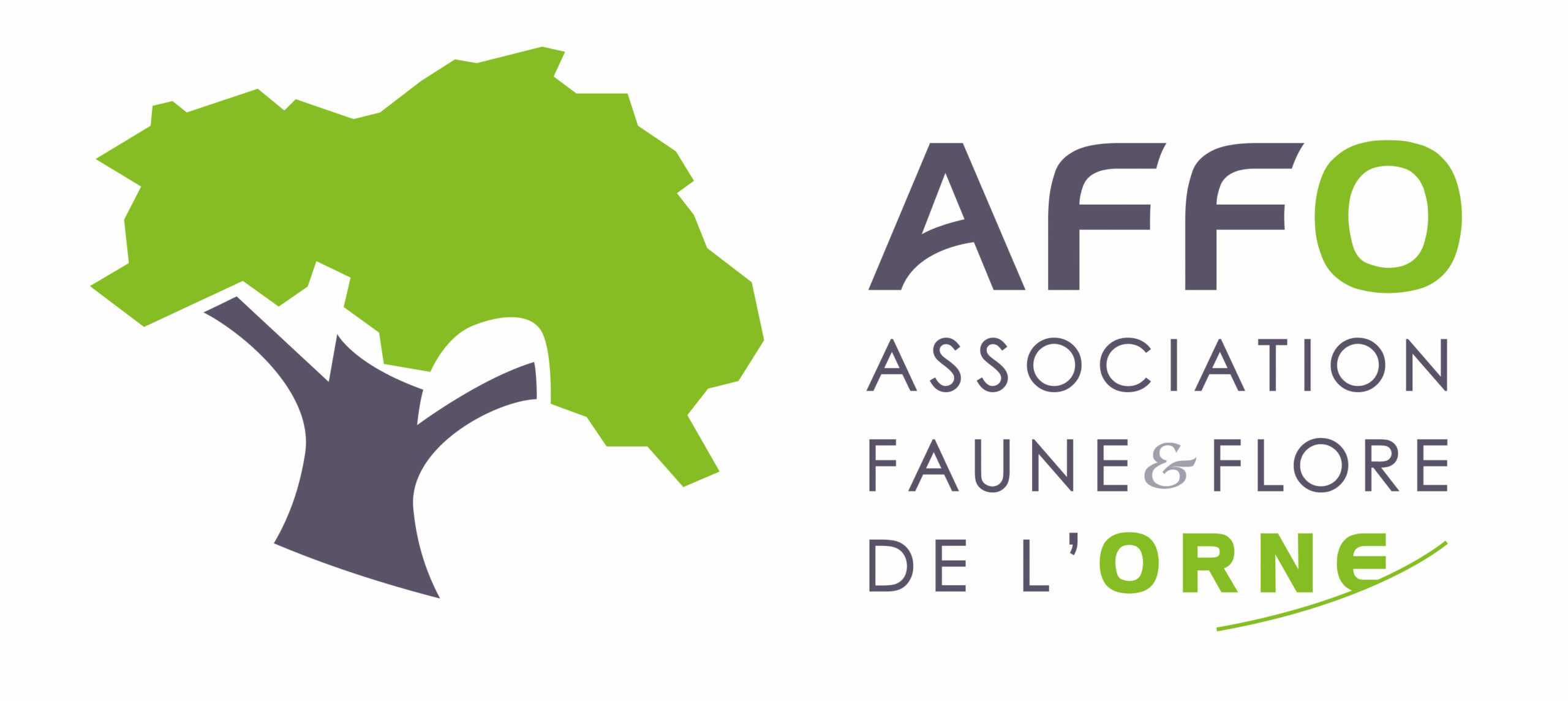Où cette espèce a-t-elle été observée ?
 Attention : cette espèce peut être présente où il n’y a pas de maille, mais à ce jour elle n’y a pas encore été observée.
Attention : cette espèce peut être présente où il n’y a pas de maille, mais à ce jour elle n’y a pas encore été observée.
- 173 observations
-
58
communes -
23
observateurs
6
organismes -
Première observation
1900 -
Dernière observation
2025
Arcisses - Authon-du-Perche - Beaulieu - Beaumont-les-Autels - Belforêt-en-Perche - Belhomert-Guéhouville - Bellavilliers - Béthonvilliers - Bretoncelles - Champrond-en-Gâtine - Champrond-en-Perchet - Chapelle-Guillaume - Charbonnières - Charencey - Cour-Maugis sur Huisne - Crulai - Digny - Feings - Fontaine-Simon - Frazé - Happonvilliers - Igé - Irai - Jaudrais - La Croix-du-Perche - La Ferté-Vidame - La Madeleine-Bouvet - Lamblore - La Puisaye - La Ventrouze - Le Mage - Le Mesnil-Thomas - Les Aspres - Les Corvées-les-Yys - Les Genettes - L'Hôme-Chamondot - Longny les Villages - Louvilliers-lès-Perche - Manou - Marolles-les-Buis - Miermaigne - Moutiers-au-Perche - Perche en Nocé - Pervenchères - Rémalard en Perche - Saint-Aquilin-de-Corbion - Saint-Bomer - Saint-Cyr-la-Rosière - Saint-Éliph - Saint-Germain-de-la-Coudre - Saintigny - Saint-Martin-du-Vieux-Bellême - Saint-Maurice-Saint-Germain - Saint-Victor-de-Buthon - Senonches - Soligny-la-Trappe - Tourouvre au Perche - Val-au-Perche
-
Institut national de l'information géographique et forestière (IGN)
Participation à 115 Observations
Part d'aide à la prospection : 66.47 %
Fiche organisme
-
Association Faune & Flore de l'Orne (AFFO)
Participation à 24 Observations
Part d'aide à la prospection : 13.87 %
Fiche organisme
-
Conservatoire botanique national du Bassin parisien (CBNBP)
Participation à 19 Observations
Part d'aide à la prospection : 10.98 %
Fiche organisme
-
Muséum national d'Histoire naturelle (MNHN)
Participation à 4 Observations
Part d'aide à la prospection : 2.31 %
Fiche organisme
-
PNR et géoparc mondial UNESCO Normandie-Maine
Participation à 4 Observations
Part d'aide à la prospection : 2.31 %
Fiche organisme
Informations espèce
Répartition actuelle en France métropolitaine
© INPN - Avertissement : les données visualisables reflètent l'état d'avancement des connaissances et/ou la disponibilité des données existantes au niveau national : elles ne peuvent en aucun cas être considérées comme exhaustives.









